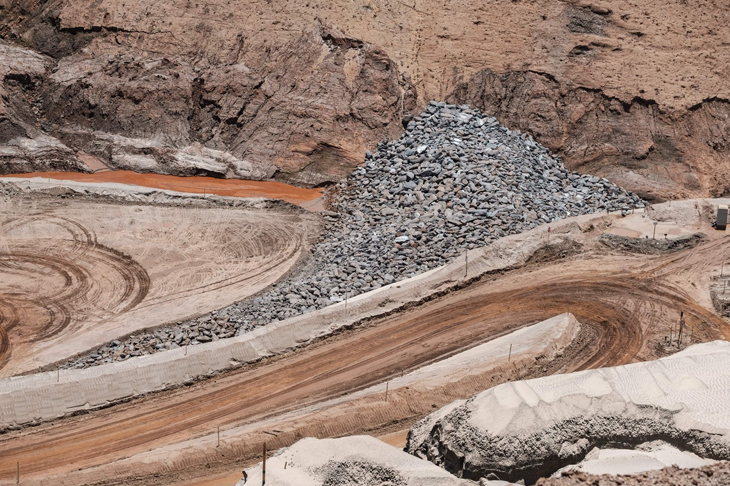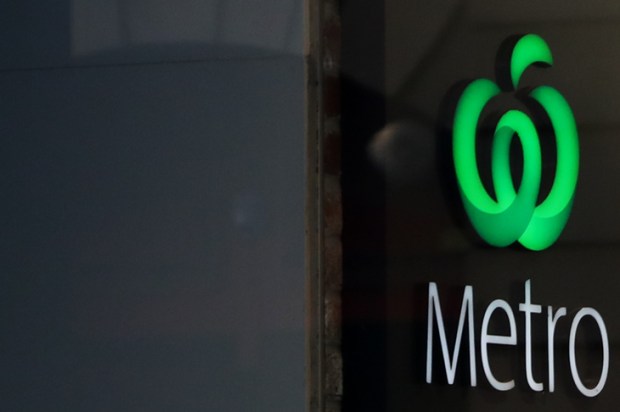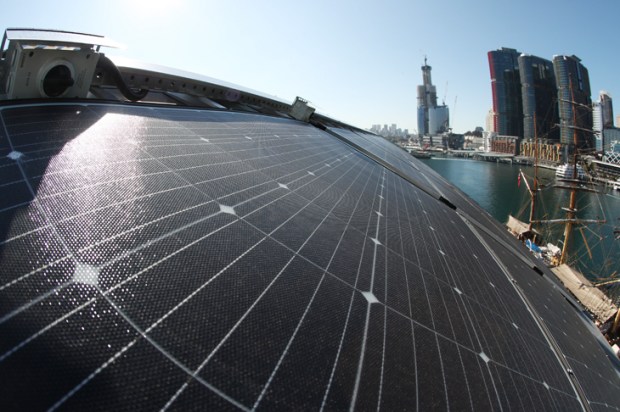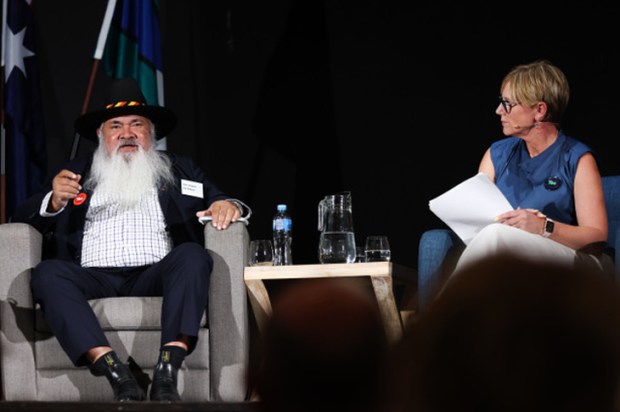Like the Albanese government, BHP is dumping its revenue-rescuing climate Satan, thermal coal, long before its promised still-speculative revenue replacements are in sight of bearing fruit. Just as record revenues from Australia’s biggest export, coal, have softened the fiscal pain of an over-indebted government, so coal, boosted by a boom in thermal coal prices has, at least partly, offset the profit slump revealed in February’s BHP first financial half-year report. After last year’s peak, BHP’s profit has fallen by one third to $US6.5 billion, with iron ore sales dropping by a quarter, operating cash flow down 41 per cent and the interim dividend cut by 40 per cent. Thermal coal provided the group’s only positive note in a litany of declines across what the management asserts is a forward-looking mining portfolio for a de-carbonised future – that has no place for thermal (energy) coal.
There was a whopping 40 per cent slump in profitability of copper, BHP’s de-carbonisation ‘white hope’, that now accounts, at $US28 billion, for more than half BHP’s net operating assets – mostly located overseas –and dwarfs iron ore’s $US17 billion. Copper will be even more influential on the completion of BHP’s current $US9.8 billion takeover bid for copper-gold miner OZ Minerals, which has also reported a first-half profit fall and dividend cut.
Of the remainder, BHP’s Nickel West earnings were down 16 per cent and its multi-billion Canadian phosphate development is still a very expensive work in progress, with rewards still years away.
Even BHP’s ‘honorary non-coal’, the metallurgical coal mined by its joint venture (BMA) with Mitsubishi in Queensland and used by its overseas consumers of iron ore in their steelmaking, suffered a 20 per cent profit fall as costs rose by almost one third – partly due to increased Queensland government royalties. And two of BMA’s mines, Blackwater and Daunia, that BHP lists at the lower end of coking coal quality, are for the chop to the highest bidder, the justification being that only the top-grade mines merit retention as ‘integral to the steel industry’s lower-emissions future’.
In the face of these profit falls by BHP’s de-carbonising, environmentally pure major group members, the pariah, its NSW energy coal that is burned to make electricity and emit carbon dioxide, was doubling its revenue and trebling its earnings to $US1.36 billion.
This lifting of NSW thermal coal’s profit margin to 62 per cent (second in the BHP group only to iron ore’s 65 per cent, and well above copper’s 44 per cent and metallurgical coal’s 40 per cent) was despite the record wet weather that significantly reduced production. These thermal coal earnings, more than offsetting coking coal’s fall, lifted the total coal contribution to BHP’s profit to a significant 20 per cent, rivalling copper – and putting BHP on the cusp of Australian banks’ black list of banned coal-related borrowers.
But such temporary relative profitability will not save BHP’s NSW energy coal from being shut down in seven years’ time. The Queensland departures, which are sales, not closures, will not result in any emissions reductions (that would have been in line with BHP’s expensive pursuit of a green public image) but emissions are even likely to grow, with BHP expecting buyers to increase the mines’ productivity through capital expenditure.
There is no such prospect for its NSW mines whose existence cannot be rationalised to fit BHP’s caring climate image. They are to operate only until June 2030 on condition that there be no new infrastructure or capital growth. BHP’s plan to maintain current production of around 14 million tonnes a year until 2030 are in doubt following its statement last week that, ‘In light of the NSW government announcement on potential changes to its coal price cap and domestic reservation requirements, we are actively reviewing operational plans, existing commitments and logistical practicalities’. It added, in a clear warning to the NSW government, that in this context, ‘it is important to note that our current unit cost of production ($US 100) is above the NSW governments’ proposed price cap of A$125 per tonne’.
But at least BHP is now committed to stick by the remainder of its Queensland metallurgical coal interests. ‘Highest quality coking coals needed by the steel industry are a core part of the portfolio…. Like copper, nickel, potash and iron ore, higher-quality metallurgical coal for steelmaking is vital to the future’.
To placate the greenies, BHP makes a case for high-quality coking coal to be an essential element in the drive for lower emissions, ‘in a faster decarbonising world, we believe that there’s upside for the highest quality of coking coals because they’ll help the steel industry decarbonise… through the positive impact they’ll have on blast furnace productivity and therefore emissions intensity’.
Apart from the image-protecting rationalisation that sticking with steel-making coal is justified on environmental grounds, there are strong commercial reasons for doing so. In an attachment to its latest half-year report, BHP expects that blast-furnace iron-making, which depends on coke made from metallurgical coal, is unlikely to be displaced at scale by emergent technologies this half-century.
No matter how appealing the BHP case for coking coal may be, ‘it does not equate to strong demand growth in metallurgical coal markets’. So the company is not putting any of its capital expansion where its mouth is. ‘The reality is that there are other opportunities within the BHP portfolio to invest capital for better returns and importantly, lower risk, given the impacts of the royalty changes in Queensland to the highest maximum rate in the world’. Whether or not the absence of growth prospects for Queensland coking coal exports would have prompted such a capital strike anyway, the royalty changes have ‘fundamentally altered the risk and returns landscape for growth capital…(so) the fiscal environment is no longer competitive or predictable…. To the extent that this remains in place we won’t be investing further growth capital in Queensland’.
Governments, state and federal, who benefited from BHP’s first-half $US7.5 billion payout in taxes and royalties (far more than the $US4.6 to be paid in dividends to shareholders), have a vested interest in BHP’s success – including the continuation of a significant coal contribution to its profits while awaiting net zero’s forecast electrical bonanza.
Got something to add? Join the discussion and comment below.
Get 10 issues for just $10
Subscribe to The Spectator Australia today for the next 10 magazine issues, plus full online access, for just $10.
You might disagree with half of it, but you’ll enjoy reading all of it. Try your first month for free, then just $2 a week for the remainder of your first year.














Comments
Don't miss out
Join the conversation with other Spectator Australia readers. Subscribe to leave a comment.
SUBSCRIBEAlready a subscriber? Log in